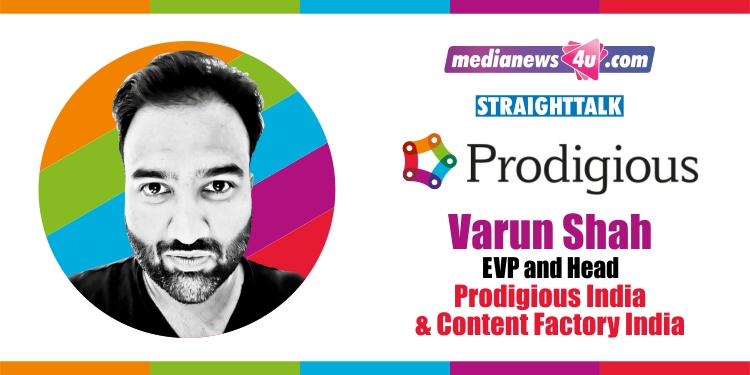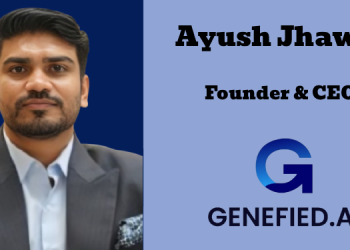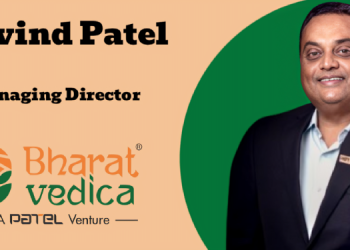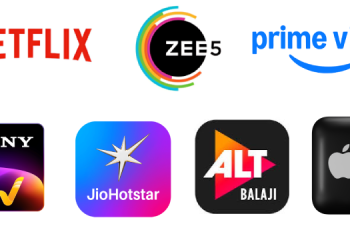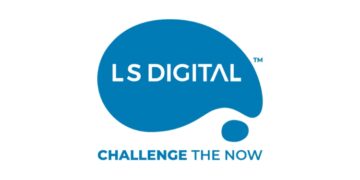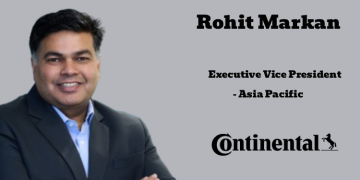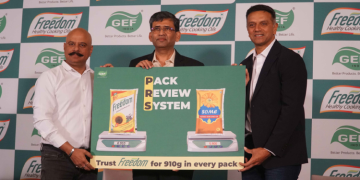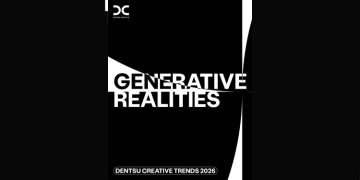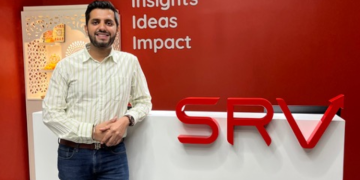How has the production landscape in India changed in the recent past?
The production landscape has greatly evolved over the past few years and the two fundamental changes have been the way we work and the content we create. Covid quite literally changed the game for production houses. It has forced everyone to think ahead. When I had presented my plans in 2019, I had mapped out how the production landscape will change in 2025, but Covid, pushed forward those changes to 2021. For me it was good, because that meant I was not blindsided by the sweeping changes. Covid made us go back to school.
Prodigious was one of the first production companies to go on the floor during Covid. This situation literally meant cleaning the slate and reinventing the wheel in every way possible. In India, every film set has 250 people and now the dilemma was how do you do it with 10 people.
The first film we did was for Oreo and it got 100 million views; we shot this in Dehradun with four people. There was no huge casting exercise, we made do with locals and the only thing we changed was getting a DOP who can direct and not a director who can shoot. Everything else was managed virtually. And although we are back to the sets now, I think that the way we work and function has been fundamentally altered making us adopt leaner teams and more efficient ways of working.
Today we are producing 10 times more content on digital than on mainline and if we look at it from a volume perspective, digital is way ahead of mainline.
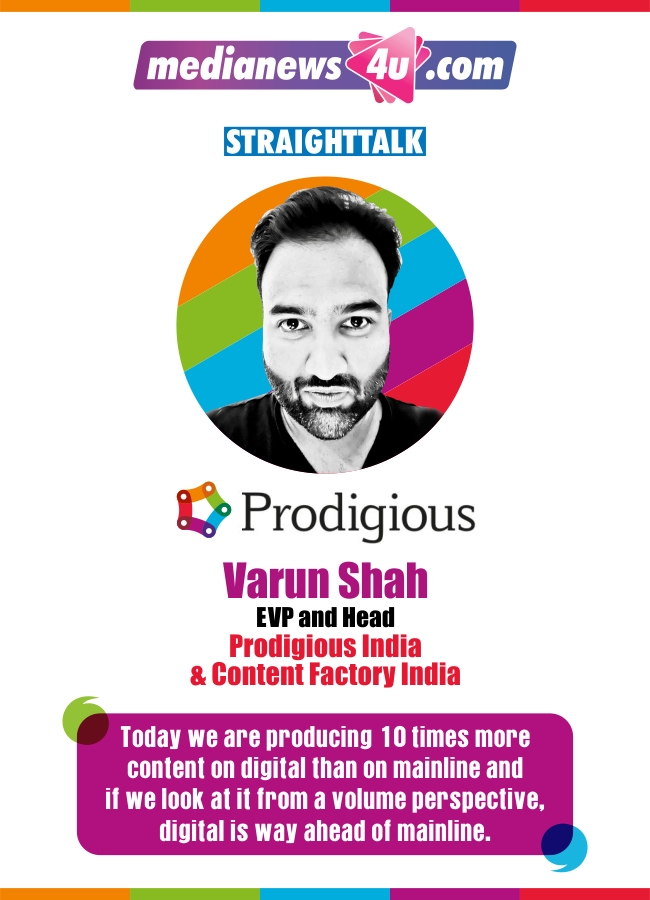
But it is not about how much you are producing in the medium, but the money that is associated with the medium.
Now I keep thinking, what will happen in the next five years? I keep looking at my phone and the possibilities are endless. Globally also, Amazon Mini, Shorts TV is making content for mobile and the focus will be on how we can create more content for this format.
I also think the way content is pursued has changed. Earlier we had 10 brands but now with indigenous brands we have 5x more brands in the market and that means more content and the need for every brand to continuously talk and engage with their consumers.
There are several production houses making commercials. What made Publicis set up Prodigious?
At Publicis Groupe we are committed to offering end-to-end solutions to our brands and with that in mind we created Prodigious. Content remains the key to unlock growth in the platform world and Prodigious and Content Factory offer best-in-class content solutions.
Coming from a background where I ran my own production house, now when I look at the trajectory, in terms of creative output, I think at Prodigious we are far more invested with the client. We are more in tune with the client’s perspective and have the control and confidence to deliver results. Today content creation is no longer an arm’s length conversation between a brand and a production house, but a side-by-side conversation. It is all about what you can add by way of expertise and constant engagement.
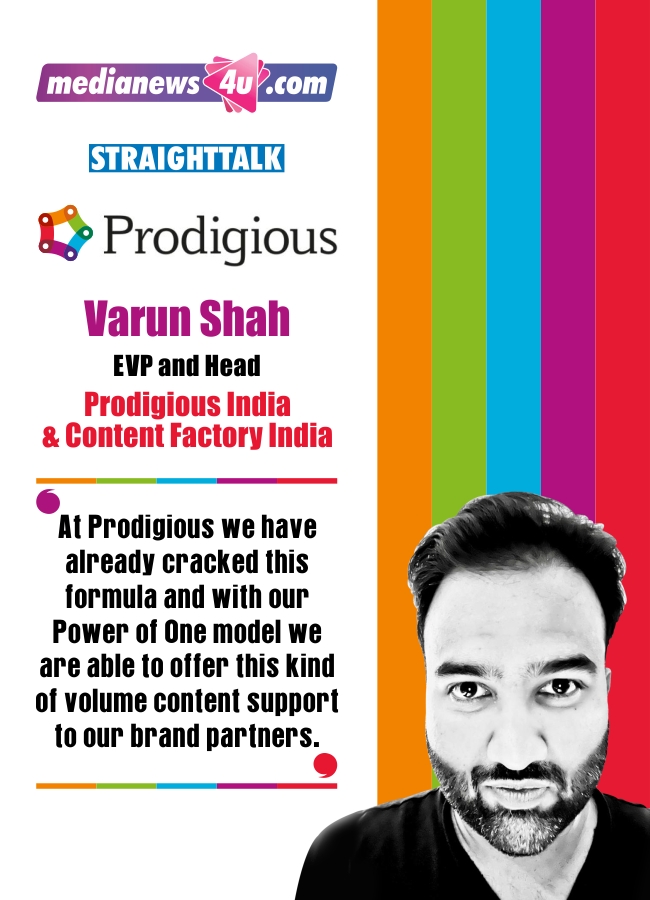
Being a global brand, we have adopted best practices from our counterparts and have restructured Prodigious, the way production houses are run across the world – with producers at their helm and not directors. The producer is the constant person in the chain; he is there from the conception stage to the shoot and is the one who finally delivers the film at the end of two months. My vision was, if I have to build an organisation then I will build it on highly experienced, qualified producers and keep the creative part open ended as it will change based on the needs of the brand, agency and strategy.
Today we have a roster of over 130 directors. This strategy has worked very well for us. It ensures that we get the right people for the right project and that simplifies the relationship across the board. So instead of working in fragments, the creative team, the producer and the client team work cohesively as one unit thereby ensuring efficiency and clarity of communication and resulting in a much better end product.
Does having an in-house production arm make it much easier?
Yes, it absolutely does. Clients with whom we have an ongoing relationship and are able to engage constantly makes problem solving much easier. Where we have strong relationships, we don’t need to wait for a project to engage with the client and we are in continuous conversations with them through their brand building journey.
I am here for the volume game and I am engaging in a way that I can keep reinventing the wheel with the client and get them thinking continuously and be a partner in the journey and not just a part of the journey.
Today we have the capabilities to run projects of any size, be it 2 lakhs or 2 crores. This is the biggest advantage Prodigious has, it is a one-stop-shop and we will solve your production problems at either end of the spectrum. We are no longer a film production company, we are an asset production company.
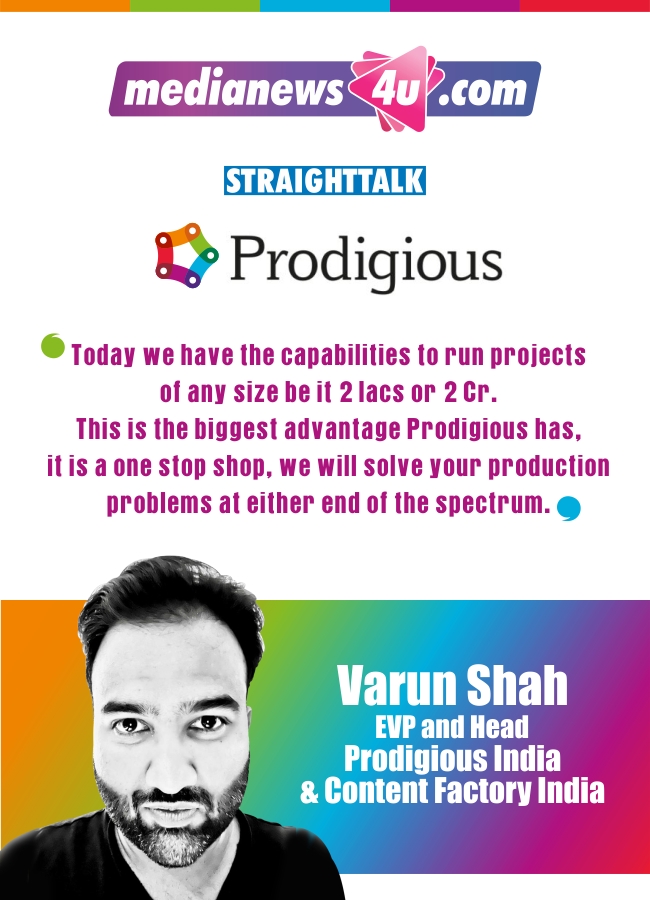
Earlier it was one-size-fits-all TVC, which was then translated into regional languages. How has this evolved now?
The fact that the smartphone has revolutionised India’s digital demographics is no news, what is interesting is the content that the new digital audiences are consuming. And these audiences are leaning towards regional content created by native regional creators. This translates into the fact that brands no longer have the option of creating one master TVC and then translating it into different languages especially when they want to talk to a larger audience.
For our recent IPL campaign for Spotify, we have created films in three language masters and for Josh we are doing 176 films a week – it is being done in nine Indian languages and five digital adapts. Every language is skewed to that specific cultural nuance. Going ahead we have to continuously create original content in the regional languages. The next 300 million digital users are going to come from small town India, and we have to create content which engages this demographic.
This is where we flex the power of Publicis Groupe, where we are able to roll out production hubs across India to create regional content and deliver in the platform world.
Technology is the in thing now. AR/VR, Metaverse… How does the human role change?
While technology is the enabler to experiment and bring to life never-seen-before ideas, the reality is that technology cannot replace human emotions. Ultimately it is a person who is controlling technology. Technology for whatever it is worth is meant to enhance craft. Can it absolutely replace what we are doing? No. Metaverse is also being created by humans, unreal engine and unity is also software being created and controlled by humans. Only humans can add the nuance of the emotions.
For me, Metaverse is going to be a great alternate space of reality where a generation from now will be able to enjoy it to the fullest. We are at the cusp of a generational change and it will solve many things and make it efficient.
Technology can simplify the way we work and the perfect example would be the shoot we did for Audi, where we shot four seasons, five times of the day, across 11 locations, in one day of shoot in a studio in Mumbai. And it being Audi, a brand which stands for luxury and quality, we managed to deliver quality mainline and digital assets in eight days.
What are the plans for Prodigious in the coming years?
To put it simply, I am going to continue to reinvent. The ask is going to continuously change at this juncture, as brands are still in the process of realising what they need to do next.
Over the next two years brands will be in a position to better distill what they need and we will start understanding the digital consumer better. That is going to drive the momentum.
Then it will also be how we will push for regional. Now we are doing volume production and I don’t think many production houses are able to do that. So far we have delivered 25,000 assets this year; we have six more months to go. Let’s see where the brands take us.

